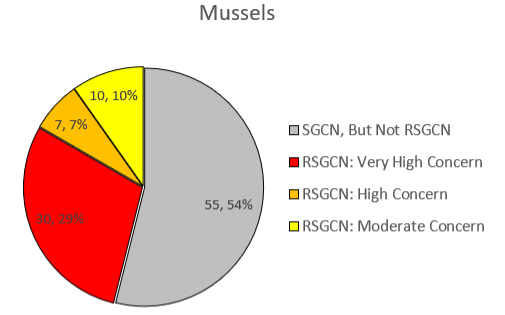This website uses cookies so that we can provide you with the best user experience possible. Cookie information is stored in your browser and performs functions such as recognising you when you return to our website and helping our team to understand which sections of the website you find most interesting and useful.
Regional Species of Greatest Conservation Need
Upland Sand Piper. Photo Credit: Hilary Morey
The Midwest Landscape Initiative (MLI) developed a Regional Species of Greatest Conservation Need (RSGCN) List to provide an effective, collaborative focus and approach for regional wildlife diversity conservation in the Midwest. The Midwest RSGCN effort applied a process initiated in the Northeast, advanced in the Southeast, and refined by the MLI At-Risk Species Working Group, to identify RSGCN for the Midwest.
The Midwest RSGCN process evaluated 1,817 SGCN across 13 taxonomic groups and selected 340 as RSGCN. Taxa groups included mammals, birds, reptiles, amphibians, fish, crayfish, mussels, Odonates (dragonflies and damselflies), bumble and solitary bees, Lepidoptera (butterflies, skippers and moths), mayflies, stoneflies, and caddisflies.
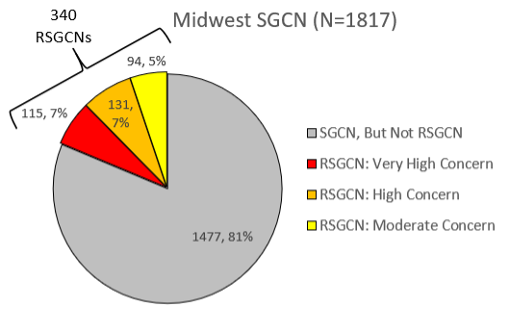
Designation as a RSGCN signifies that the species should be assessed and managed at a regional scale with collaborative, multi-state efforts. The MLI and its partners will be working together to develop projects and initiatives that use the information and findings of this RSGCN list and database.
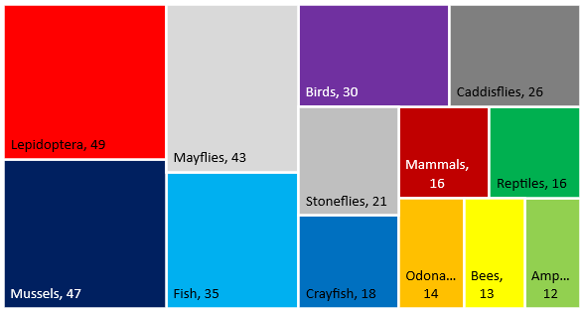
Number of RSGCN by taxa
See the List
Click here to see the complete list of Midwest RSGCN and a selection of associated data in AirTable. This data can be downloaded as a csv file or viewed, sorted, and filtered in your web browser. See Appendix C of the RSGCN Report for complete definitions of all terminology used in this spreadsheet.
Read the Reports
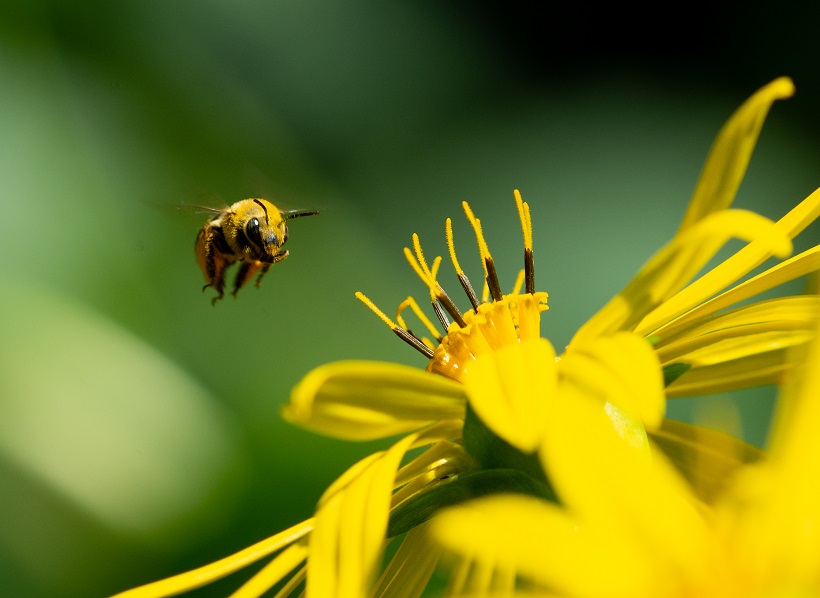
Leafcutter Bee on Cup Plant. Photo Credit: Ed Boggess
Frequently Asked Questions
Q: What are RSGCN?
A: Each state identifies Species of Greatest Conservation Need (SGCN) in their State Wildlife Action Plans (SWAPs). These plans and species lists are updated every 10 years. Many taxa are included in state SGCN lists, but the list of taxonomic groups included varies by state. SWAPs and SGCN are a major step forward for identifying and conserving at-risk species. In the MAFWA region, there are a combined total of 2740 SGCN among the 13 states. But species ranges do not follow state boundaries and many species occur in multiple states. This leads to the question of identifying which species would benefit most from a regional conservation approach. RSGCN are Regional Species of Greatest Conservation Need, or the regional equivalent to state SGCN. Designation of regional SGCN is based on established criteria and expert review.
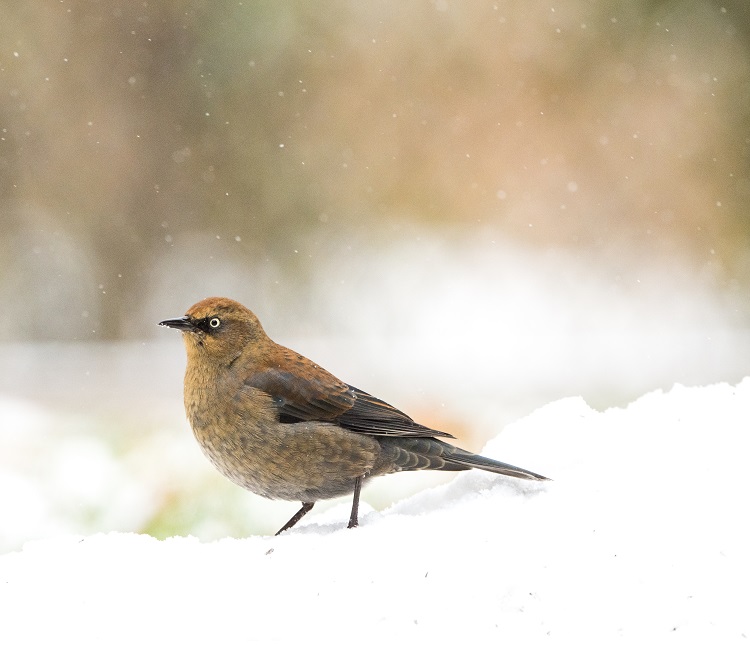
Q: Why develop RSGCN?
A: The purpose of an RSGCN list is to enhance the ability to work collaboratively and proactively to sustain populations of endemic and shared SGCN that are supported primarily by the waters and landscapes of the Midwest. Moving forward the goal is to use this first step of RSGCN to identify landscape conservation opportunities and provide a focus for the MLI and partners.
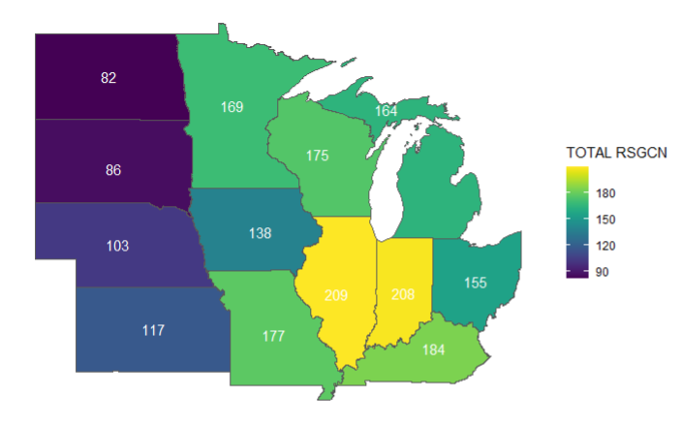
Q: How were the Midwest RSGCN selected?
A: RSGCN selection involved three primary phases: methodology development; pre-screening; and taxonomic expert review.
The methodology for RSGCN selection was developed by the MLI At-Risk Species Working Group, the MAFWA Wildlife Diversity Committee, and several U.S. Fish and Wildlife Service Staff in concert with the Terwilliger, Inc. Consulting team. The two primary selection criteria are regional responsibility and conservation concern or status. Regional responsibility is the factor that calculates the portion of the species’ geographic range that occurs in the Midwest. The conservation concern or status includes a species’ G-Rank, average S-Rank, listing status, and IUCN Red List status.
The pre-screening phase was performed by Terwilliger, Inc. Consulting to run all evaluated SGCN through the selection criteria and provide a draft list for taxa expert review.
Taxonomic expert review involved around 120 participants across 13 taxa teams who reviewed the results of pre-screening and discussed and voted on each species’ inclusion in the final RSGCN list. Expert review included the opportunity to suggest overriding factors and provide additional data, such as species’ primary habitat types and population threats.
